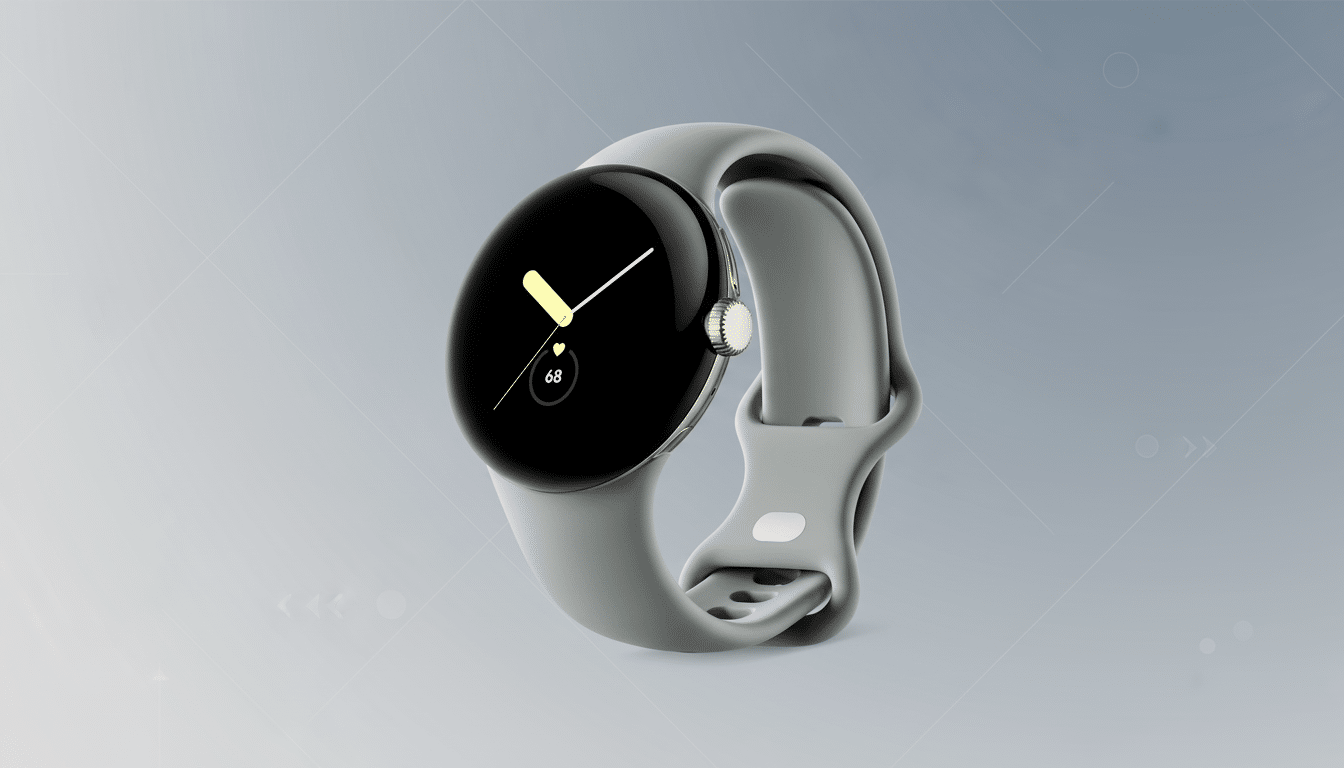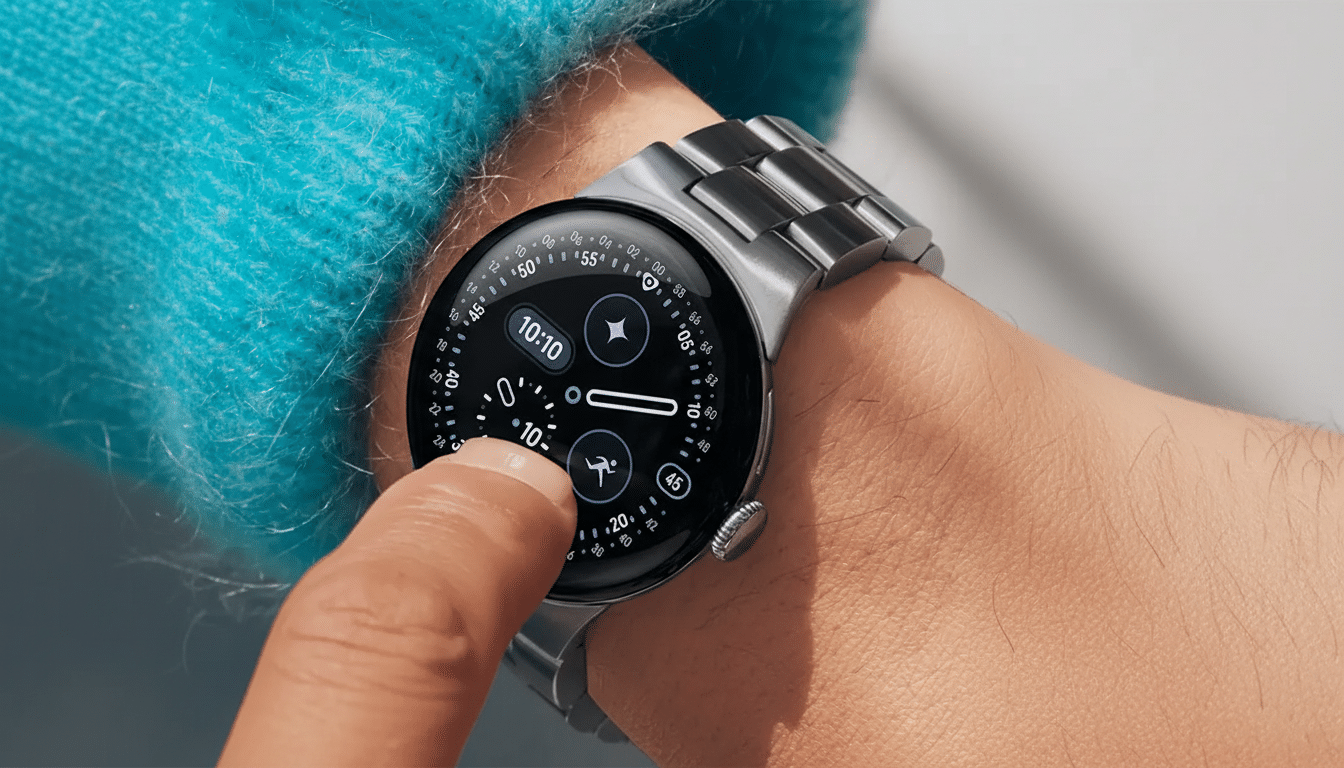Fitbit has powered millions of people to help them learn more and achieve their goals, but in 2025 the wearables market is flooded with compelling competitors that outpace it in battery life, training tools and smart functionality. Now that Fitbit has dropped the Versa and Sense series, a few Fitbit lovers are taking a second look at where to shop when looking for the perfect fitness tracker. The good news: There’s a better field than ever across smartwatches and slim fitness bands.
Why Shoppers Are Moving Beyond Fitbit in 2025
Three shifts are contributing to the exodus. First, platform strategy: Google is folding Fitbit’s best health features into the Pixel Watch and has removed traditional smartwatches from Fitbit’s catalogue. Second, paywalls: High-quality metrics and insights increasingly live behind subscriptions, costing you over and over again. Third, performance: dual-band GPS, advanced workout metrics and multi-day battery life have become par for the course on rivals. IDC analysts also expect to see continued expansion within Wear OS and platform ecosystems through 2024, with that momentum carrying into 2025 as AI-enabled coaching and safety tools come to mainstream devices.
- Why Shoppers Are Moving Beyond Fitbit in 2025
- The Best Smartwatch Alternatives to Fitbit in 2025
- The Best Fitness Band Replacements for Fitbit in 2025
- How Accuracy and Health Features Compare in 2025
- Battery Life and Charging Realities for 2025 Wearables
- Price and Value in 2025: What to Expect and Budget
- How to Choose the Right Fitbit Alternative for You

The Best Smartwatch Alternatives to Fitbit in 2025
Google Pixel Watch 4 combines Fitbit’s wellness DNA with a full-fat Wear OS experience. Making the display brighter and bezels slimmer, the domed Actua 360 display is complemented by a Snapdragon W5 Gen 2 with its own dedicated AI co-processor, so you can expect battery life to reach approximately 40 hours on the larger of the two sizes. Satellite SOS offers off-grid safety, and Gemini-tracked coaching plans aim to turn raw stats into action. GPS isn’t the best in class yet and some deeper insights remain locked under Fitbit Premium, but the overall mix of smarts and health tools is stellar.
Garmin Venu 4 is the training-first pick. Dual-frequency GPS significantly improves accuracy in cities and on wooded trails by reducing errors caused by bouncing signals, and Garmin’s heart-rate performance is still among the most accurate available in wearables. You receive detailed workout profiles, recovery time and training status, Body Battery, advanced sleep insights and excellent multi-day longevity. It eschews onboard maps and LTE; the smartwatch experience lags Wear OS or watchOS; but for athletes focused on data more than apps, it’s a standout.
Apple Watch Series 11 is the obvious pick for iPhone owners who just want everything to work together with the addition of fitness cred. You get accurate, always-on GPS and heart-rate measurement, FDA-cleared ECG, fall and crash detection, and an app ecosystem that is second to none. It’s generally a one-day battery with quick top-ups, which is the compromise for having such a vivid display and deep app support. For the majority of departing Fitbit iOS users, this provides the most comprehensive day-to-day experience with good health guarantees.
Samsung Galaxy Watch 8 is for Android users, especially Samsung phone owners, who seek refined hardware and convenient health tracking. The new “squircle” case is home to a vivid AMOLED display, with Samsung Health providing concise daily advice without drowning users in data. There’s a robust app offering with Wear OS 6, and the Classic version offers the much-loved rotating bezel. Battery life and charging speeds have improved, but are still inferior to Garmin’s stamina; on the bright side, there’s a more flexible smartwatch feel here than that of most fitness-first rivals.
The Best Fitness Band Replacements for Fitbit in 2025
Xiaomi Smart Band 10 is the best budget buy. For less than $50, you’re getting an excellent AMOLED screen, more than 150 workout modes, VO₂ max estimates and music and camera controls. The company claims up to 21 days of battery life; in literal use, with always-on display, it’s closer to a week and change. There’s no built-in GPS and global NFC is still a rarity, but as far as basic daily wellness tracking in something slim goes, it’s a straightforward Fitbit Inspire alternative for much less cash.

How Accuracy and Health Features Compare in 2025
Wrist-based optical sensors are great for steady-state efforts and casual monitoring but tend to drift during intervals and strength work. Most independent testers measure average heart-rate error in the low 3–5 bpm range at moderate intensity, with spikes during rapid changes; pairing a chest strap is still the benchmark for accuracy. Dual-frequency GPS can halve deviation in dense cities, where reflections muddle the signal — a noticeable improvement for runners and cyclists.
So, on the medical side, ECG functions on front-line watches are cleared to turn up signs of atrial fibrillation — but they’re not stand-ins for clinical care. Local regulations and a bitter patent dispute could limit what blood-oxygen features can do. Any consumer wearable’s sleep staging is an estimation based on movement and heart signals; the important issues are consistency, trends — and how the hardware translates that into recovery or readiness guidance that you can actually act on.
Battery Life and Charging Realities for 2025 Wearables
Expect around one day of battery on app-heavy flagships like Apple Watch, 1.5–2 days on more recent Wear OS models like the Pixel Watch 4, and between 4–7 days (or even longer) on fitness-first watches like the Venu 4 or for some Vivomove and Forerunner models. Bands such as the Smart Band 10 go considerably longer between charges. Always-on displays, LTE, continuous SpO₂ and navigation can shred your endurance by 20–40 percent — so adjust settings to fit your daily grind.
Price and Value in 2025: What to Expect and Budget
Sticker prices range from approximately $49 for Xiaomi’s band to about $349 for Galaxy Watch 8 and Pixel Watch 4, around $399 for Apple Watch Series 11 and about $549 for Garmin Venu 4. Also consider subscriptions: Fitbit Premium tacks on a recurring fee for deep insights, while Garmin includes the bulk of its performance metrics without fees. Take into account total cost of ownership — bands and chargers, accidental damage and optional services — over the first 24 months.
How to Choose the Right Fitbit Alternative for You
Match the tool to your ecosystem, and to your goals. Apple Watch if you live on iPhone and want deep app support; Galaxy Watch or Pixel Watch for Android-first smarts and Google services; Garmin if training metrics, GPS accuracy, heart-rate detail and battery life are most important; slim band if all you need is step tracking, sleep monitoring and basic workouts. Emphasize comfort, sensor accuracy and recovery insights that you’re actually going to act on. The best Fitbit alternative is the one you’ll actually wear every day — and at this point, it’s not necessarily a Fitbit.

